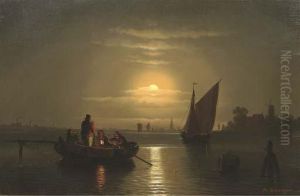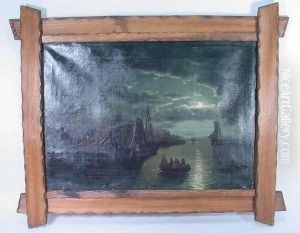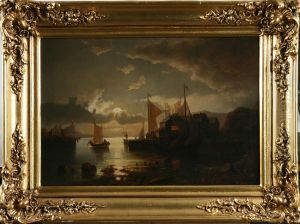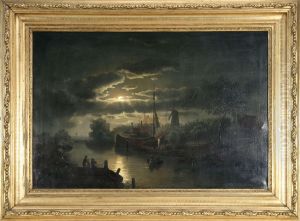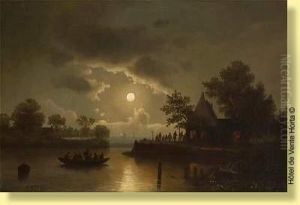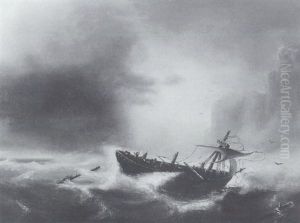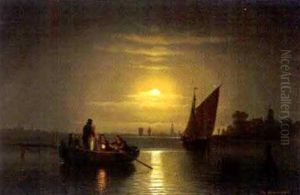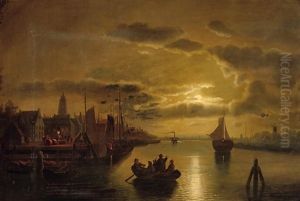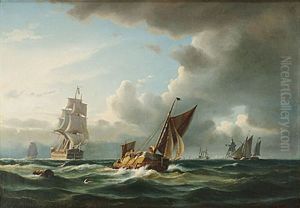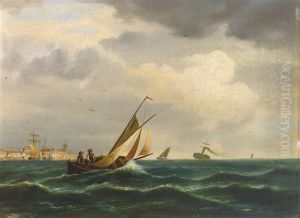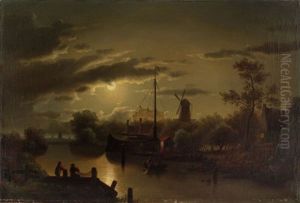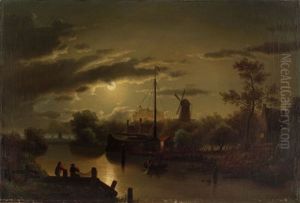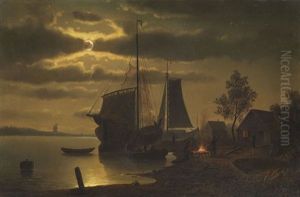Theodor Genenger Paintings
Theodor Genenger was a German painter and graphic artist, born in 1863 in Krefeld, Germany. His artistic journey began in his hometown, but his talent and ambition led him to further his studies in renowned art centers across Europe. Genenger was particularly drawn to the vibrant art scenes of Munich and Düsseldorf, two cities known for their influential art academies and communities of artists. In Munich, he was exposed to a variety of artistic styles and movements, which significantly shaped his early career. Later, in Düsseldorf, he refined his skills and developed a distinctive style that would define his body of work.
Throughout his career, Genenger was known for his detailed and realistic portrayals of landscapes, still lifes, and genre scenes. His work often depicted the beauty of the German countryside, capturing the changing seasons and the rural way of life with a remarkable sense of realism and attention to detail. Genenger was also skilled in graphic arts, producing lithographs and etchings that complemented his paintings and expanded his artistic output.
His contributions to the art world during the late 19th and early 20th centuries were recognized by his contemporaries, and he participated in numerous exhibitions throughout Germany. Despite the changing artistic trends of his time, Genenger remained committed to realism, and his work continued to attract admirers for its technical skill and evocative portrayal of everyday life.
Theodor Genenger's legacy as an artist is preserved through his paintings and prints, which can be found in various museums and private collections. He passed away in 1939, leaving behind a rich oeuvre that continues to be studied and appreciated for its contribution to German art history. Genenger's dedication to capturing the essence of his surroundings has made his work a valuable document of his time, offering insights into the cultural and social landscape of Germany during a period of significant change.
